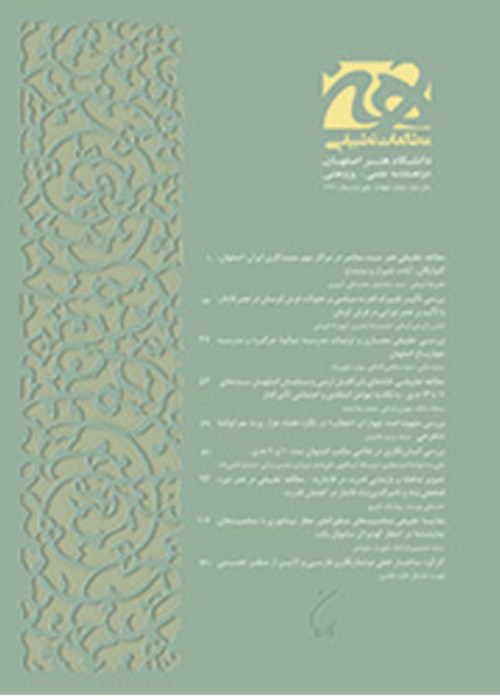Reading the Rembrandt’s Self-Portraits Based on the Concept of Lacanian Object
Rembrandt, in his early self-portraits, clearly forbids the audience from seeing with precautions. The distinguishing feature of these works can be observed not in the clearly displayed sections, but in the glorious representation of the lost information. In other words, Rembrandt uses visual principles and qualities in order not to represent his works accurately. In this regard, object as a key element in Lacan’s thought places reality as an escaping field from image and symbol in the intersection of three realms. From Lacan’s point of view, the object is an unrepresentable dimension that goes beyond the ability of the image to represent, and emerges in the gap between memory and perception through non-representation. Accordingly, Rembrandt, in his self-portraits of the first period, seems to be working on this unrepresentative dimension. This question raised that how can be readable the Rembrandt’s visual arrangements in presenting a self-portrait based on the Lacanian object concept?The theoretical framework and research approach is based on the concept of object in Jacques Lacan’s subject formation. The research method is descriptive-analytical and the researcher is trying to survey Rembrandt’s self-portraits based on the concept of the object, by applying the psychological principles of image reading. The results showed that Rembrandt uses special visual arrangements to shape himself through the natural structure of perception. In other words, he depicts the necessary invisibility that occurred in the field of perception in order to be seen, and more importantly, he places this invisibility in the foundation of his image. Therefore, from the Lacan’s point of view, Rembrandt’s self-portraits can be recognized as a form of crystallization, in terms of visualizing this necessarily unrepresented dimension, which is a prerequisite for any representation
- حق عضویت دریافتی صرف حمایت از نشریات عضو و نگهداری، تکمیل و توسعه مگیران میشود.
- پرداخت حق اشتراک و دانلود مقالات اجازه بازنشر آن در سایر رسانههای چاپی و دیجیتال را به کاربر نمیدهد.


